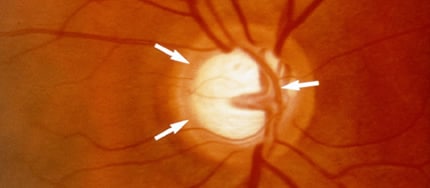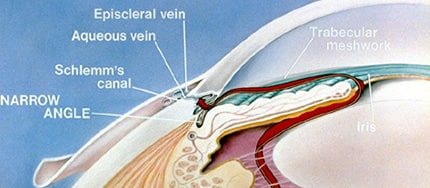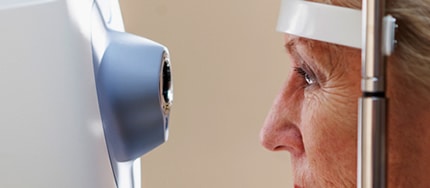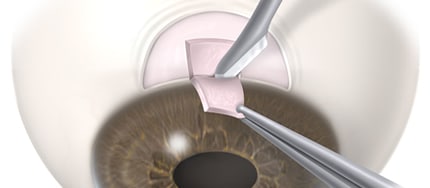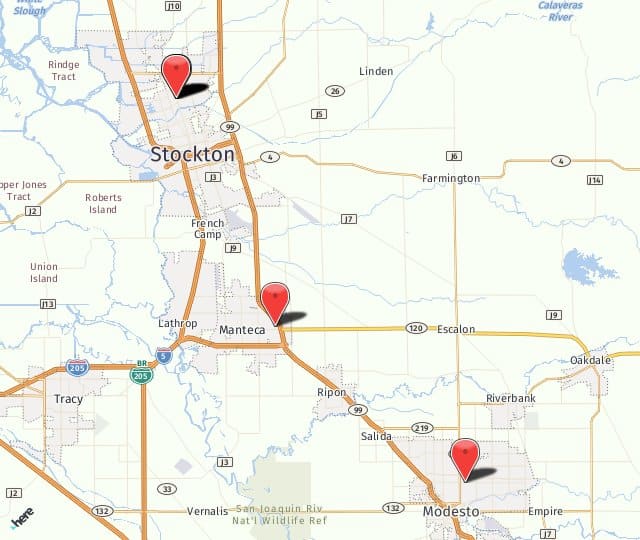Filtration Surgery
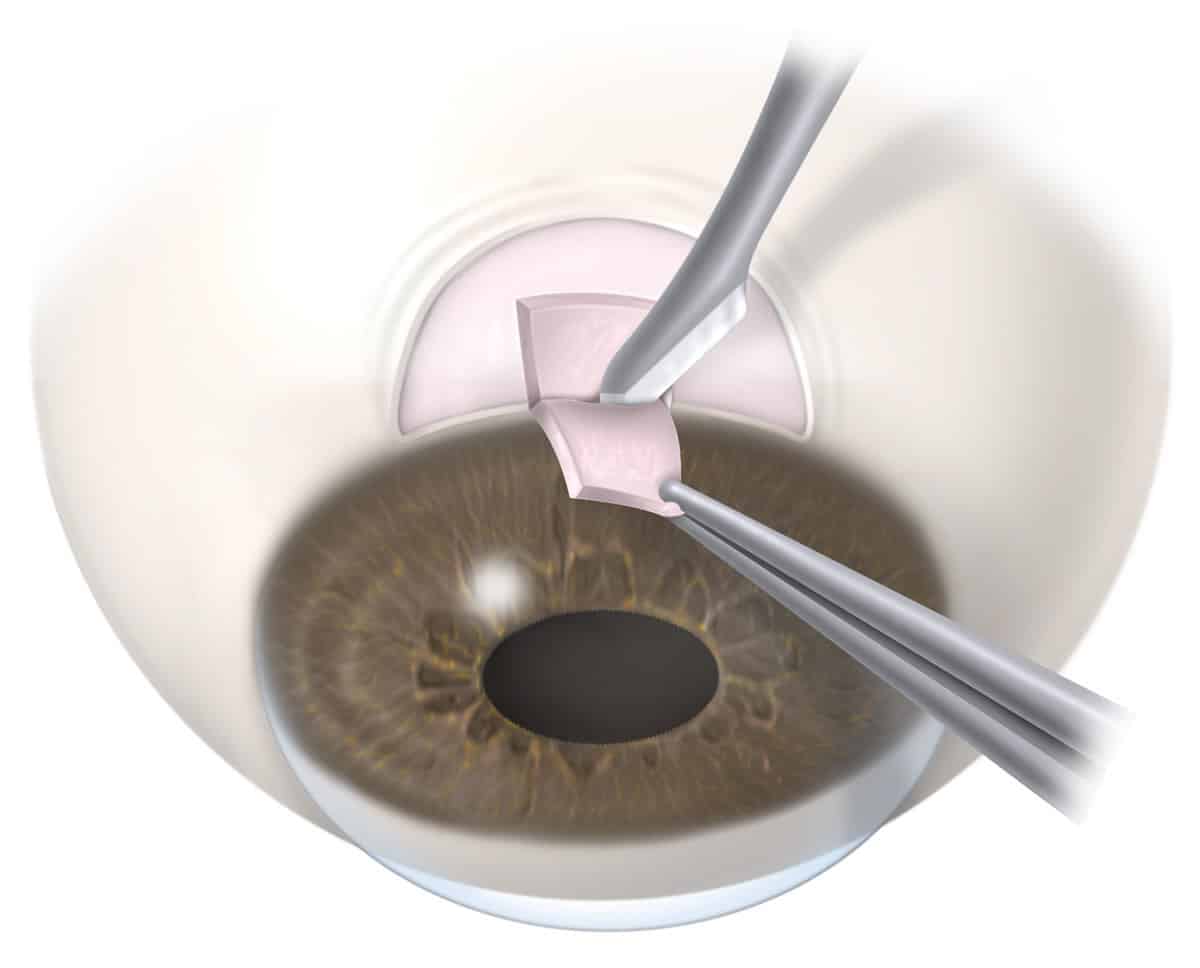
SCHEDULE AN APPOINTMENT
If you would like to learn more about Filtration Surgery call 1-800-244-9907 to make an appointment at Central Valley Eye Medical Group.
What is a Trabeculectomy?
Filtration surgery, also called trabeculectomy, is a treatment for several types of glaucoma including open-angle and narrow-angle glaucoma. It is often performed on patients who have not responded well to medication or laser treatment such as ALT or SLT. Filtration surgery usually provides a dramatic reduction in pressure within the eye.
There are two main classes of glaucoma filtration surgery: trabeculectomy and tube shunt. With a trabeculectomy, the surgeon uses your body’s tissues to make a small flap on the side of the eye that controls the flow of high pressure fluid from the eye. With a tube shunt, a tiny tube is inserted into the eye, allowing high pressure fluid to exit the eye. Your doctor will advise you on which type of procedure makes the most sense in your particular case.
What is the Goal of a Trabeculectomy?
Unlike some other eye surgeries, the purpose of filtration surgery is not to improve the clarity of vision, but only to lower the pressure and prevent further vision loss from glaucoma.
The goal of this procedure is to lower intraocular eye pressure and prevent further vision loss. The elevated pressure is usually caused by clogged drainage channels within the eye. In filtration surgery, a tiny opening is created in the wall of the eye. The new opening acts as a drain, and trapped fluid inside the eye is able to escape, resulting in lower eye pressure. The fluid then passes into a reservoir hidden on the outside of the eye. From there, the body absorbs the fluid.
Who is a Good Candidate for Trabeculectomy Surgery?
A good candidate for Filtration Surgery is someone:
- who has been diagnosed with glaucoma
- whose doctor has determined that filtration surgery is an appropriate treatment for their condition
How successful is Filtration Surgery at Lowering Eye Pressure?
Research shows a success rate of approximately 70 to 80 percent with trabeculectomy. This means eye pressure is now at an acceptable level and the patient doesn’t need medication one year after surgery. If eye drops are added, over 90 percent of eyes will have the pressure lowered to a satisfactory level.
Trabeculectomy is less likely to be successful in:
- Children
- African Americans
- Poorly controlled diabetics
- People with inflammatory or uveitic glaucomas
- Individuals who have had previous eye surgeries
- People with difficult-to-control glaucoma where new blood vessels grow on the iris (neovascular glaucoma)
In the groups listed above, a tube shunt may be a better alternative.
What is the Recovery from a Trabeculectomy?
At Central Valley Eye, we usually perform filtration surgery as an outpatient procedure. The surgery takes less than an hour in most cases. After your surgery, your eye will be wearing an eye patch overnight and it may need to be protected by a plastic shield while sleeping for up to one month. Eye drops will help relax the muscles in the eye, prevent infection, and reduce inflammation.
Unlike other eye surgeries, filtration surgeries can require multiple visits per week in the first month after your surgery. It is common for your vision and eye pressure to fluctuate during this first month.
At Central Valley Eye we customize each individual filtration surgery and make adjustments postoperatively such as:
- Injection of anti-scarring medications
- Loosening stitches with laser
- Digital massage
- Flap modification
After surgery, patients need to avoid any activities that might place pressure on the eye. Additionally, patients should restrict bending, lifting, and straining for several weeks.
What are the Risks of Filtration Surgery?
The most common problem after filtration surgery is excessive healing and scarring of the filtration site. Typically, this causes patients to return to their original baseline pressure prior to surgery. Fortunately, filtration surgeries can done more than once if necessary.
Other rare complications of trabeculectomy include:
- Decreased vision
- Bleeding in the eye
- Infection in the eye
- Droopy eyelid
- Worsening cataract
What to Expect on the Day of Your Glaucoma Treatment
You will arrive at the surgery center 30-60 minutes prior to your procedure. Once you have been checked-in and settled comfortably, you will be prepared for surgery. The area around your eyes will be cleaned and a sterile drape will be applied. You may be given a sedative to help you relax. Your eye will be numbed with topical or a local anesthesia. When your eye is completely numb, an eyelid holder will be placed between your eyelids to keep you from blinking.
Using advanced microsurgical techniques and equipment, your doctor will create a tiny new channel between the inside of your eye and the outside of your eye. A small section of tissue will be removed, creating a channel, to allow fluid to pass through the blocked drainage network onto the white (sclera) of the eye. The incision will be closed with small stitches and covered with the thin outer tissue of the eye, called the conjunctiva. Blood vessels in the conjunctiva will carry the draining fluid away.
To keep the drainage channel open, your doctor may apply an extremely small dose of a chemotherapeutic agent to the new filter. Your eye pressure will be checked shortly after your procedure and drops may be prescribed to alleviate any soreness or swelling inside the eye. You should go home and relax for the rest of the day. Most patients resume normal activities within a few days.
Schedule Your Trabeculectomy Consultation Today!
Interested in learning more about filtration surgery? Give us a call at 1.800.244.9907 to schedule your consultation today! We have locations in Stockton, Manteca, Modesto, and serve all nearby areas in California.
SCHEDULE AN APPOINTMENT
If you would like to learn more about Filtration Surgery call 1-800-244-9907 to make an appointment at Central Valley Eye Medical Group.


